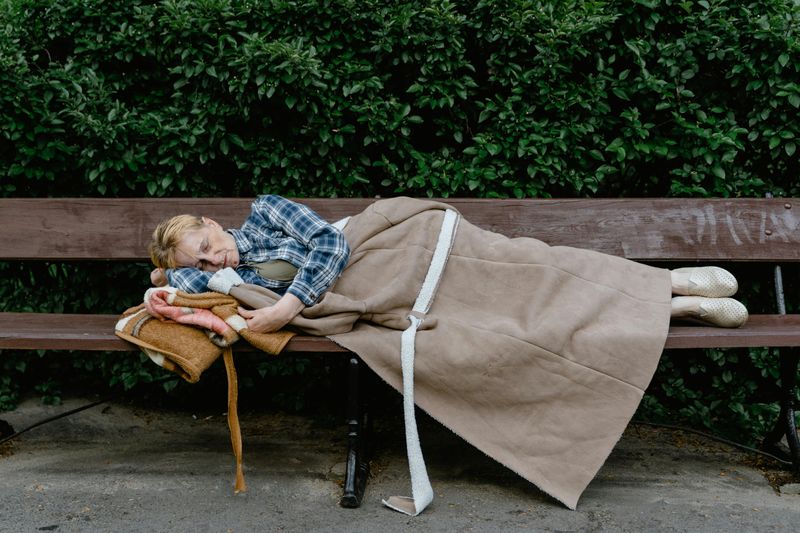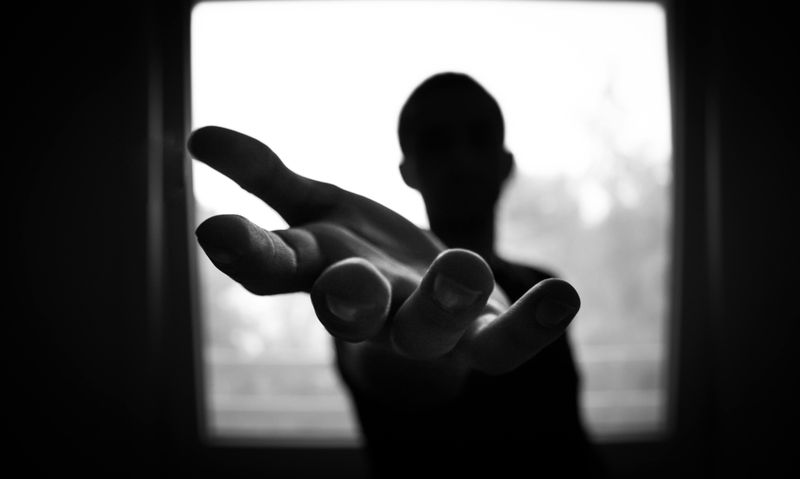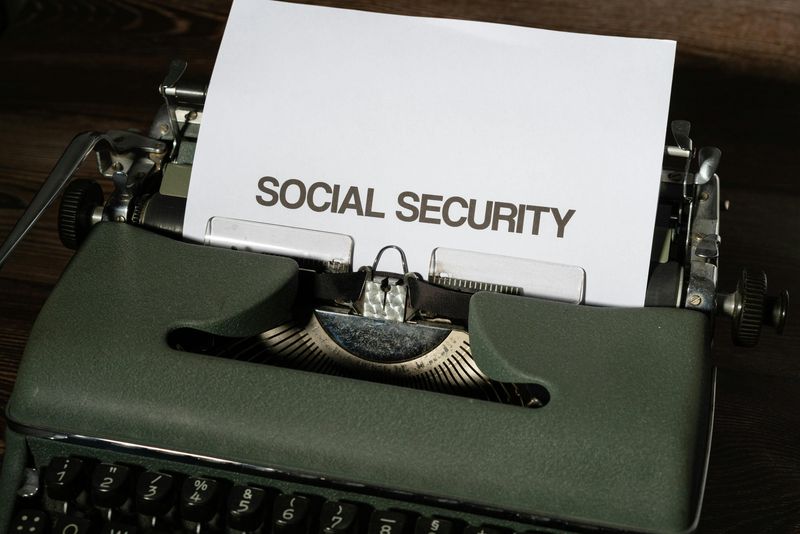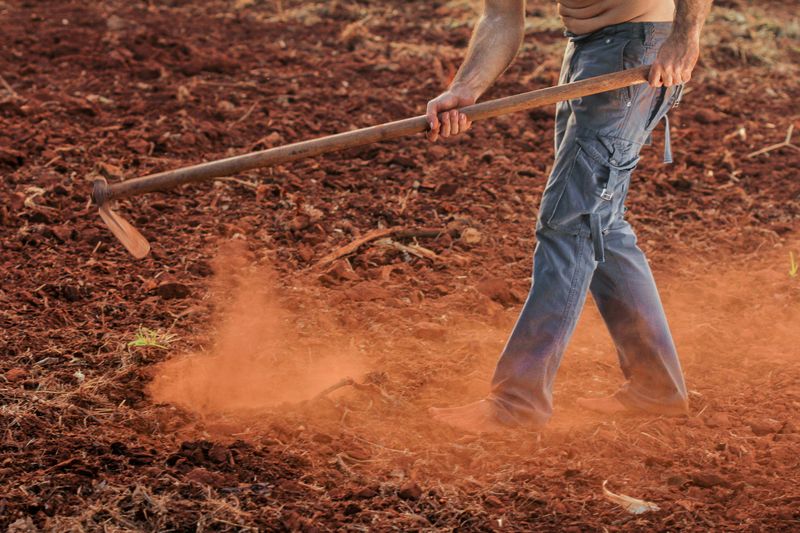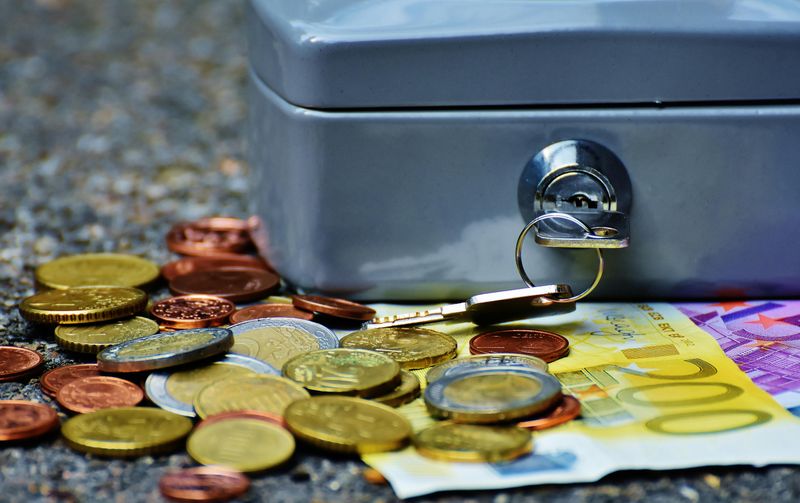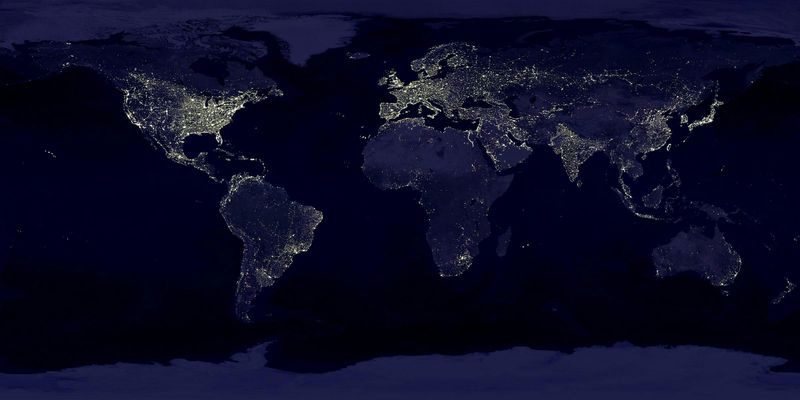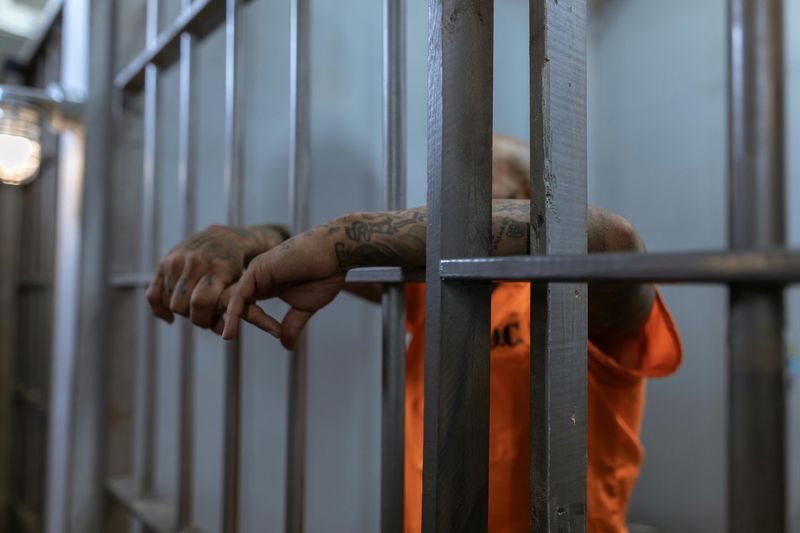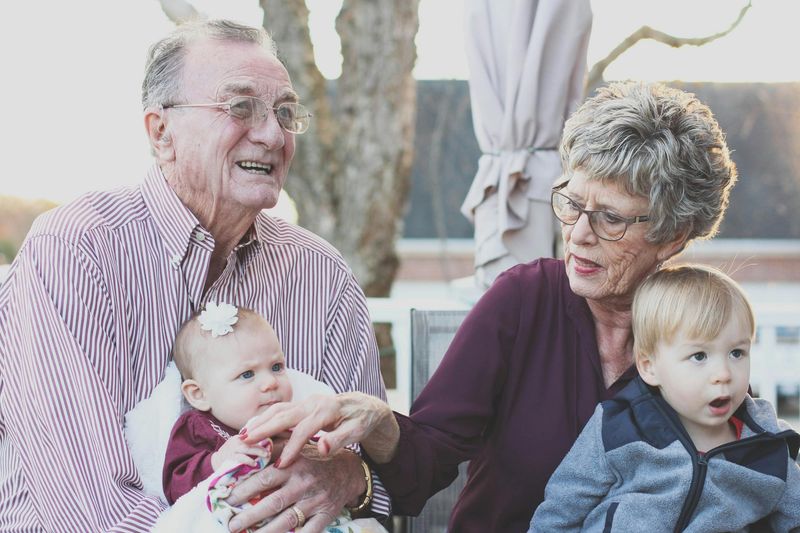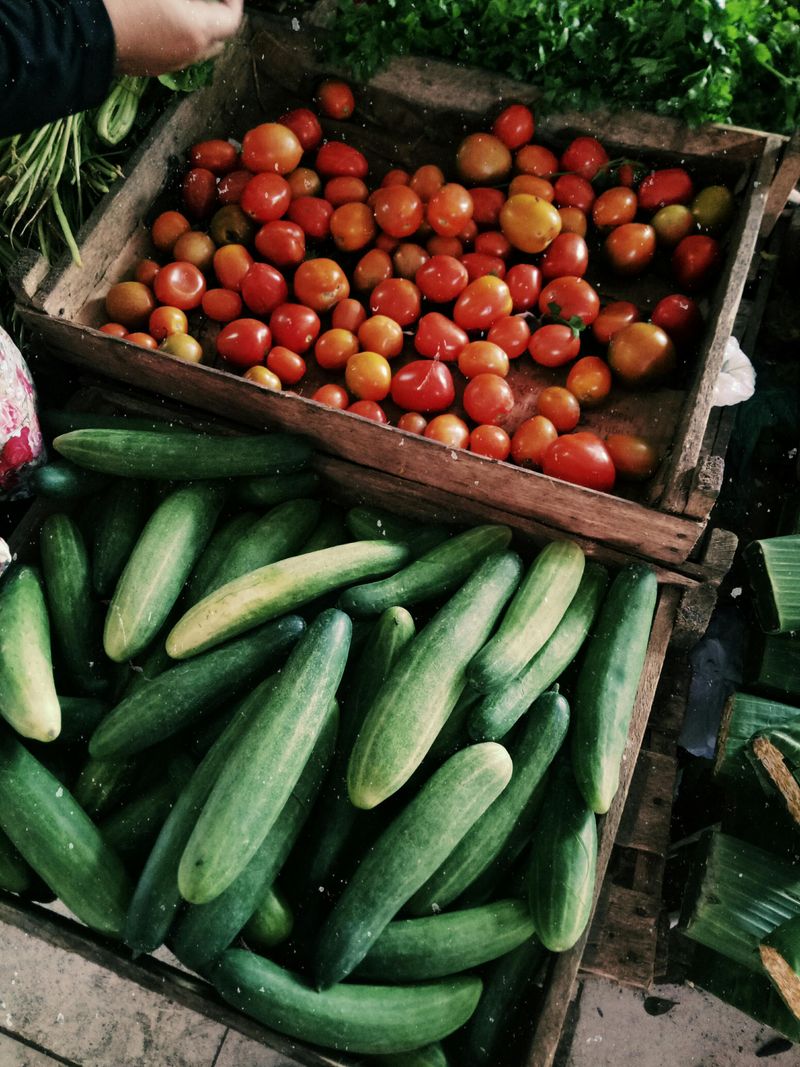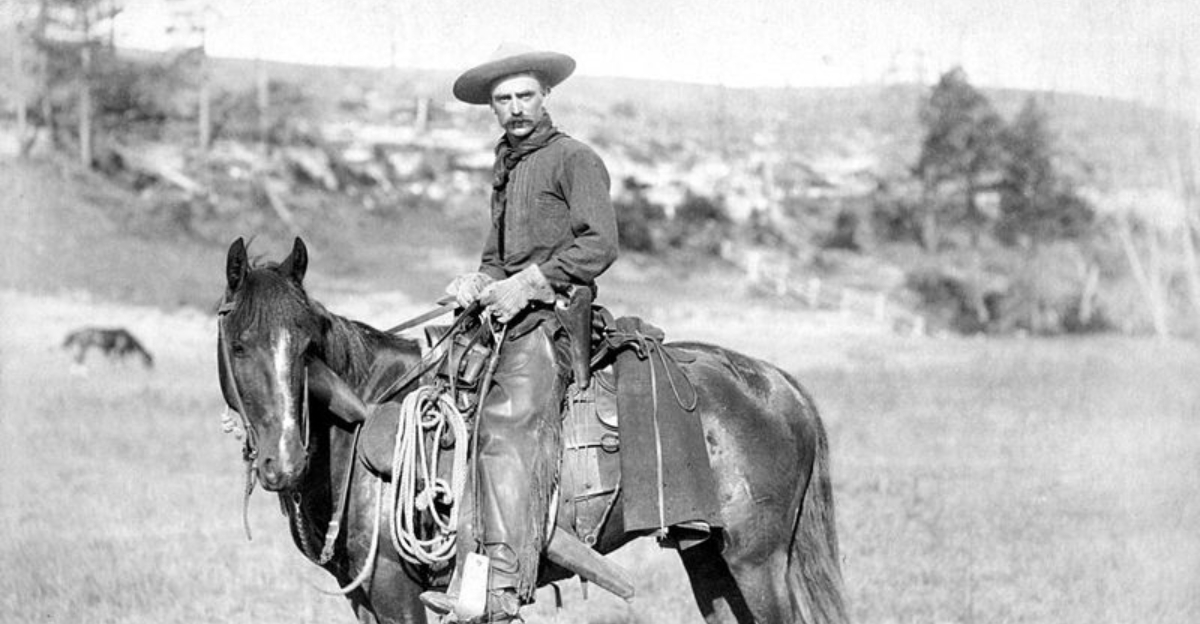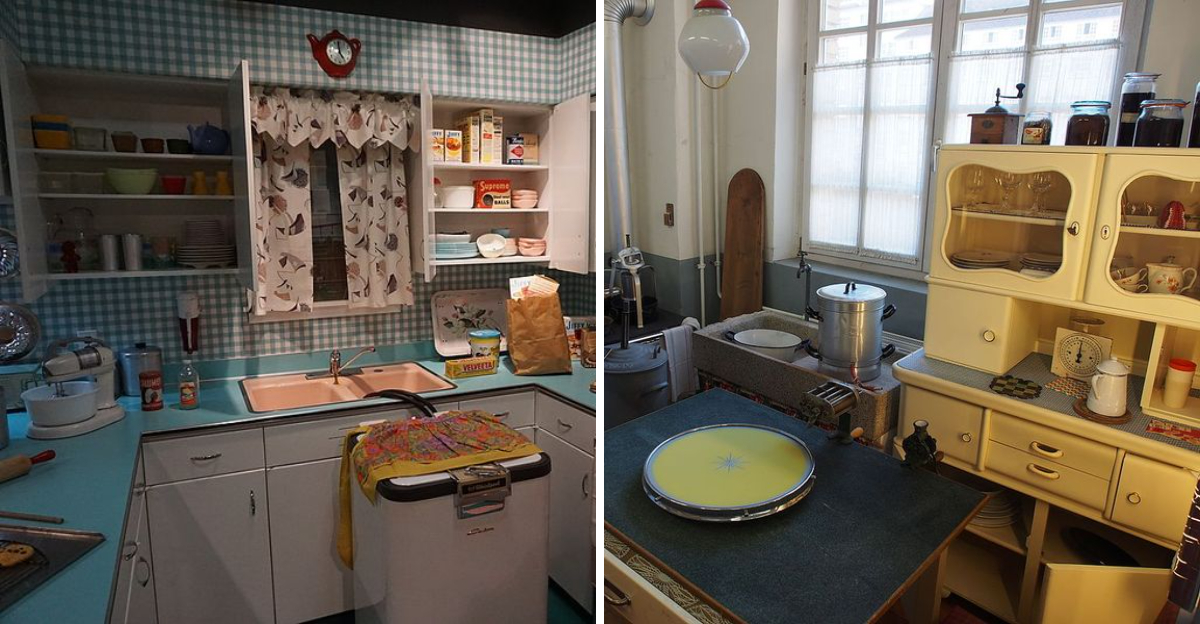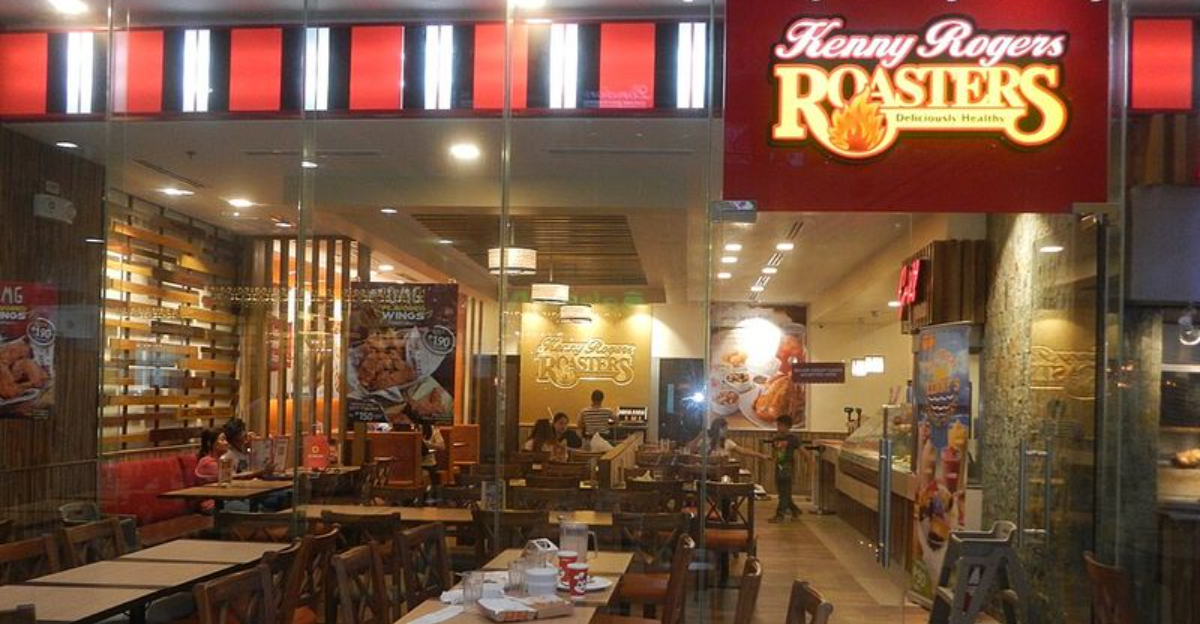The Great Depression, 12 Common Myths And Misconceptions
The Great Depression wasn’t just about soup lines and stock market crashes. Many stories we’ve heard about this devastating era are actually twisted versions of the truth.
Understanding what really happened helps us learn from history and avoid repeating past mistakes.
1. The Stock Market Crash Caused Everything
Many people blame the 1929 crash for starting the Depression, but that’s only part of the story. Bank failures, drought conditions, and poor government policies all played major roles too.
Economists now know multiple factors created the perfect storm. Blaming just one event oversimplifies a complex economic disaster that took years to develop fully.
2. Everyone Was Extremely Poor And Starving
While millions struggled terribly, not every American faced total poverty. Some industries actually stayed profitable, and wealthy families maintained their lifestyles throughout the crisis.
Regional differences mattered hugely. Rural areas often suffered worse than cities, and the Dust Bowl made farming communities particularly vulnerable to economic collapse and food shortages.
3. Herbert Hoover Did Absolutely Nothing
President Hoover gets painted as completely inactive, but he actually tried numerous programs to fix the economy. His Reconstruction Finance Corporation loaned millions to struggling businesses and banks.
However, his efforts proved too limited and came too late. Hoover believed too strongly in voluntary cooperation rather than direct government intervention, which ultimately wasn’t enough.
4. The New Deal Ended The Depression Immediately
FDR’s New Deal programs provided crucial relief and reformed the financial system, but they didn’t instantly cure the economy. Unemployment remained high throughout the 1930s despite massive government spending.
World War II manufacturing demands actually brought full employment back. The New Deal’s lasting legacy was establishing safety nets like Social Security rather than immediate economic recovery.
5. Farmers Had It Easier Than City Folk
Rural life sounds simpler, but farmers faced catastrophic challenges during the Depression. Crop prices collapsed so badly that burning corn for fuel became cheaper than selling it.
The Dust Bowl devastated the Great Plains, turning fertile farmland into barren wastelands. Thousands of farm families lost everything and became migrants searching desperately for work elsewhere.
6. Nobody Had Any Fun Or Entertainment
Life wasn’t all gloom and despair! Movies became wildly popular as cheap entertainment, with Hollywood producing escapist films and glamorous musicals. Radio shows brought free entertainment directly into homes.
Board games like Monopoly launched during this era. People found creative ways to enjoy life despite hardships, proving human resilience and the need for laughter even in dark times.
7. Banks Closed Because They Ran Out Of Money
Bank failures happened because everyone panicked and withdrew their savings simultaneously, creating bank runs. Banks loaned out deposits and couldn’t instantly convert loans back to cash.
This sparked a domino effect as failing banks couldn’t repay other banks. Federal deposit insurance didn’t exist yet, so people lost their life savings when banks collapsed overnight.
8. Prohibition Helped Cause The Depression
Some folks believe banning alcohol wrecked the economy, but Prohibition ended in 1933 while the Depression continued for years afterward. The alcohol ban did eliminate tax revenue and jobs, though.
However, economic historians agree that banking failures, international trade collapse, and agricultural problems mattered far more. Prohibition was a cultural controversy, not an economic catastrophe maker.
9. The Depression Only Hit America Hard
This crisis went global! Germany, Britain, and many other nations experienced devastating unemployment and economic collapse. International trade practically stopped as countries raised protective tariffs.
Germany’s suffering helped extremist parties gain power, ultimately contributing to World War II. The worldwide nature of the Depression showed how interconnected modern economies had become by the 1930s.
10. Crime Skyrocketed Because Of Poverty
Gangsters like Al Capone made headlines, but overall crime rates didn’t explode during the Depression. Property crimes increased slightly, yet violent crime actually decreased in many areas.
Famous bank robbers like Bonnie and Clyde became folk heroes partly because media coverage made them seem more common than reality. Most desperate people sought legal work rather than turning criminal.
11. Families Completely Fell Apart Under Pressure
Economic stress definitely strained relationships, and some families did separate when breadwinners left searching for work. Marriage and birth rates dropped as people postponed major life decisions.
Yet many families grew closer, supporting each other through incredible hardships. Shared struggle often strengthened bonds, with multiple generations living together and pooling resources to survive tough times.
12. Everything Was Cheaper So Money Went Further
Prices did drop dramatically, but that’s called deflation and it’s actually terrible for economies. When nobody has money to buy things, prices fall but so do wages and jobs.
Farmers couldn’t sell crops profitably. Workers got pay cuts or lost jobs entirely. Having cheaper goods means nothing when you have zero income to purchase them with, right?


